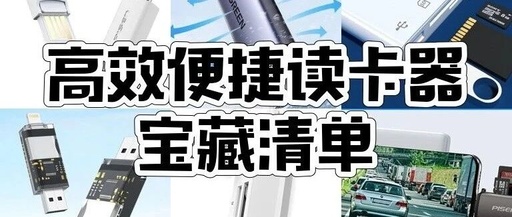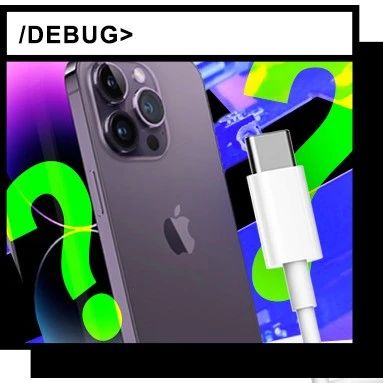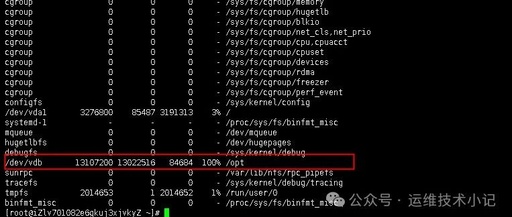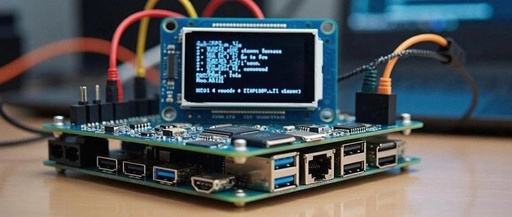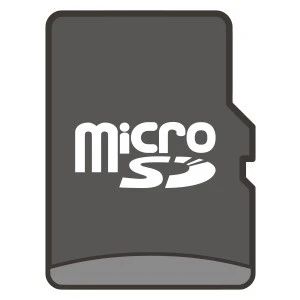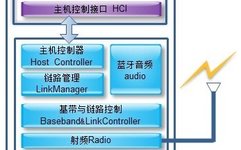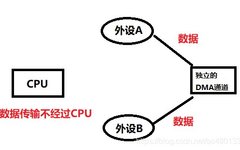PLC Communication Made Easy: A Shortcut to Mastering the Modbus Protocol
PLC Communication Made Easy: A Shortcut to Mastering the Modbus Protocol Hello everyone, I am Lao Liu. With over twenty years of PLC programming experience, I can tell you that many beginners are most afraid of the communication part. Today, let’s talk about something practical—the Modbus protocol. It may seem complex, but it is essentially … Read more

